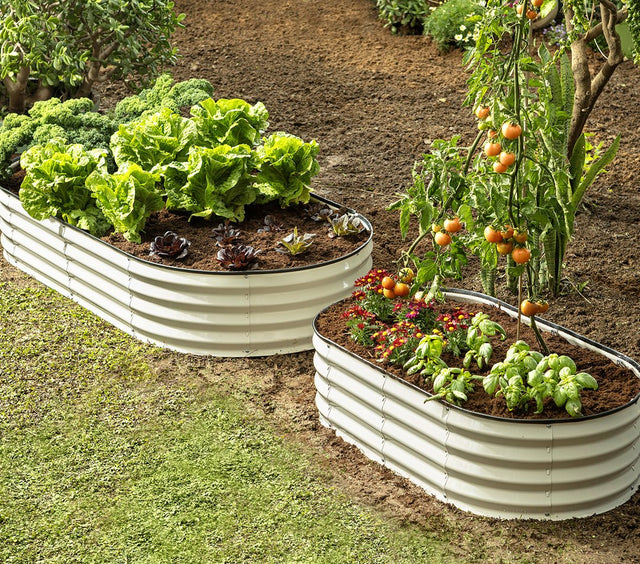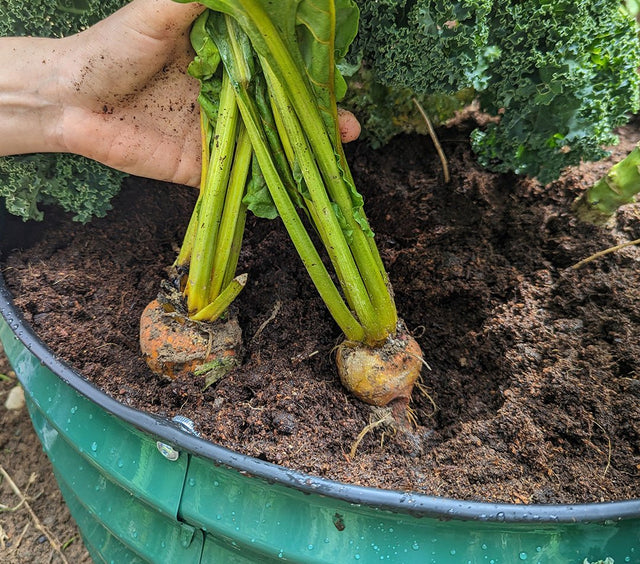Understanding the light requirements of your plants is essential to growing a healthy and productive garden. By taking the time to learn about the light needs of your plants, you can help them thrive and avoid common problems that can arise from lack of light or too much light. Knowing the light requirements of your plants can help you create a garden that is more successful, and can help you avoid problems like stunted growth, disease, and death.
Here’s a general rule of thumb when considering where to position your plants in terms of lighting:
High light vegetables:
-Tomatoes, peppers, eggplants, and cucumbers are warm-season plants that require a lot of sunlight to grow. They need at least 6-8 hours of direct sunlight per day to produce high yields of fruits. These plants are sensitive to cool temperatures and should be planted after the last frost date in your area. They are also typically grown in a greenhouse or in a sunny spot in the garden.
-Squash, melons, corn, and beans are also considered "high light" plants that require a lot of sunlight to grow. They require at least 6 hours of direct sunlight per day to produce high yields. Squash and melons need warm temperatures, so it's best to plant them after the last frost date. Corn and beans are more tolerant of cool temperatures and can be planted earlier in the season.
High light herbs:
-Basil, oregano, rosemary, thyme, and parsley are all herbs that require a lot of sunlight to grow. They are considered "high light" plants and require at least 6 hours of direct sunlight per day. These herbs are typically grown in a sunny spot in the garden or in a greenhouse. Basil, in particular, is sensitive to cool temperatures and should be planted after the last frost date.
Medium light vegetables:
-Leafy greens such as lettuce, spinach, and chard are considered "medium light" plants and can tolerate some shade. They will still produce a good crop with 4-6 hours of direct sunlight per day. These plants are cool-season plants and can be planted earlier in the season than warm-season plants.
-Root vegetables such as carrots, beets, and radishes are also considered "medium light" plants and can tolerate some shade. They will still produce a good crop with 4-6 hours of direct sunlight per day. Root vegetables are typically planted in well-drained soil and can be planted in early spring or late summer.
Medium light herbs:
-Mint, cilantro, chives, and dill are herbs that are considered "medium light" plants and can tolerate some shade. They will still produce a good crop with 4-6 hours of direct sunlight per day. These herbs are tolerant of cool temperatures and can be planted earlier in the season.
It's important to note that these are general guidelines and that different varieties of plants can have different light requirements. Additionally, many plants can adapt to different light conditions, so it's always a good idea to monitor your plants and adjust their light conditions as needed. It's also important to note that while some vegetables and herbs can tolerate partial shade, they will usually not produce as much yield.
It's also worth mentioning that while light is a crucial factor for plants growth, other factors such as temperature, humidity, soil composition, nutrient levels, and water also play an important role. Make sure to research your specific plant's requirements for each of these factors and adjust accordingly.
Happy gardening!
We’re here to help 24/7 if anything comes up.
More stories


